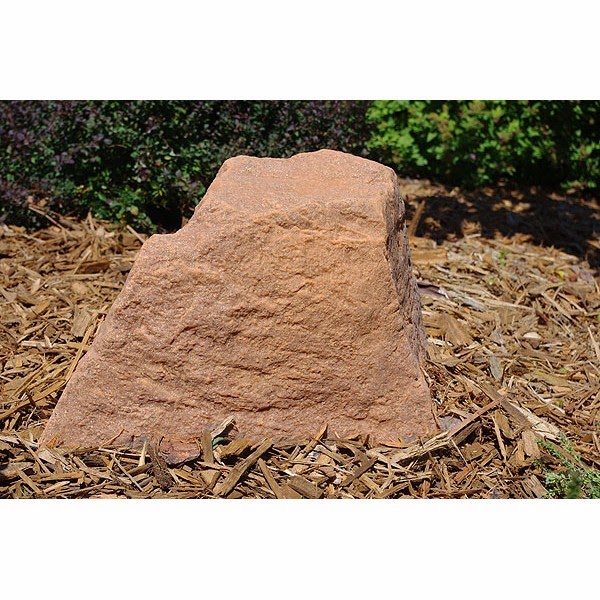If your block or stone landscaping wall is starting to fall apart or sag, the key to a quick fix may be reinforcing the ground and between the pavers and rocks.
Reinforcements might be needed depending on a number of factors, soil
conditions, type of material being used to build the wall, and the height of the
wall. The most common and best type of reinforcement for modular block retaining
walls and rock retaining walls is geogrid. Geogrid is a mesh-like fabric that
lays between the wall blocks and ties back into the soil which helps stabilize
the soil and secure the wall. It is usually added every 2 or 3 courses. The more
clay you have in your soil, which we have a lot of in Camas and around the
Vancouver area will need more shaker gravel. Soils that drain like sandy ones won't
need as much.
Tuesday, March 10, 2015
DIY Rock Retaining Wall Project 2015

Retaining walls are beautiful landscape structures that are built to restrain the earth behind them. They need to hold up to constant pressure as the force of gravity pushes against them. Badly built walls will fail. Failed walls will sag, crack, bulge, lean, produce large gaps, or collapse. Most of the time, the only way to fix a collapsing retaining wall is to tear it down and rebuild it.
Re-shape aging stone walls. - After 10-15 years many rock retaining walls tend to develop sink spots where the wall has loosened. Check up on all of your rock retaining walls and reshape them to make your landscaping look like new.
You can also add a paved pathway for easy access up your steep hill. This will help in preventing erosion and give a simple way up and down your hill. You might, however, prefer a curved pathway, both for a more natural look and for easier transport of items.
The great thing I love about using fake rocks to landscape yards is that they require little to no maintenance once you lay them down. They are totally self sufficient once added to your front yard.Landscaping boulders come in all shapes and sizes from giant boulders to small gravel and can really add depth and character to your home. Many homes in places where they is not water use rocks in their homes in place of grass.
Wood shredders create mulch which can be used in gardens or around the base of trees and shrubs for a landscape rocks. If consider purchasing a wood chipper you would need to consider what you are using it for. Small wood chippers cost around $750 and larger ones retail at about $1500. When you compare these machines to commercial machines they are totally affordable. Industrial versions of wood shredders cost around $20,000.
With a little bit of planning and discussion, we were able to pick up the materials at a local hardware store. The materials consisted of 40-50 bags of colored pea gravel (much easier on the eye than gray gravel) and 35 or so prefab colored flag stone pavers. Over the course of three days, I was on "vacation" mind you, we laid and tamped down the gravel and set the pavers in the gravel. The end result was an additional 100 sq. feet of usable living space that requires no maintenance or expense.
Subscribe to:
Posts (Atom)